Like all secondary nutrients, plants do not need large amounts of magnesium to thrive, but an absence of the nutrient will cause stunted growth. Our magnesium sulphate fertilizer makes it easy to correct magnesium deficiencies at planting, or at any time during the growing season. Plants do not need large amounts of magnesium to thrive, but an absence of this important nutrient will cause stunted growth.
Roles of Magnesium Sulfate Fertilizer
- Magnesium is a key component of chlorophyll, Therefore without magnesium, the plant cannot produce chlorophyll, which will cause photosynthesis to suffer.
- This fertilizer is best used to prevent magnesium deficiencies before or during planting, however, it can also be used to correct growth problems during the growing season.
- Magnesium also plays a role in the transfer and production of sugars, starches, fats, and oils within the plant. This means a lack of magnesium will cause starchy vegetables, sugary fruits, and oilseeds or nuts to lose their shape and flavor.
- Magnesium is mobile in plants, which allows the plant to continue growing normally.
- Magnesium is the central core of the chlorophyll molecule in plant tissue. Thus, if it is deficient, the shortage of chlorophyll results in poor and stunted plant growth.
- Magnesium also helps to activate specific enzyme systems. Enzymes are complex substances that build, modify, or break down compounds as part of a plant’s normal metabolism.
However, it is ideal to test the soil before planting and test tissue from the previous harvest to determine magnesium content and uptake. If you discover a magnesium deficiency, our magnesium sulphate fertilizer can be easily applied with other nutrients to correct it quickly.
Magnesium is abundant in the earth’s crust. It is found in a wide variety of minerals. Magnesium becomes available for plant use as these minerals weather or break down. The majority of the soils in western Minnesota have naturally high levels of Mg. For the acid soils of the eastern counties, the addition of dolomitic limestone in the crop rotation, when needed, should supply adequate Mg for crop growth.
Magnesium is a mobile element in the plant and deficiency symptoms will occur first in the oldest leaves.

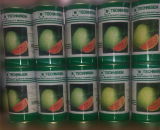
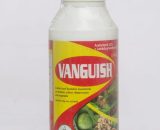





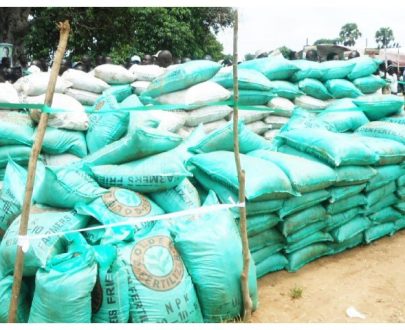
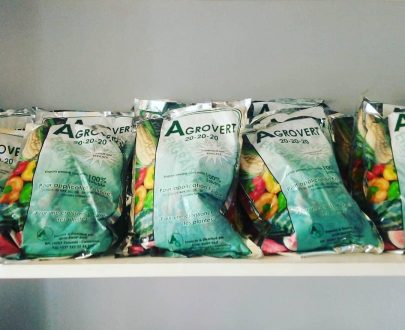
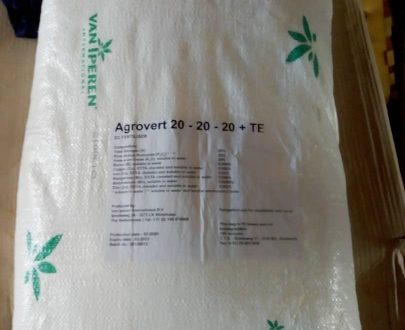


Customer reviews
Reviews
There are no reviews yet.
Only logged in customers who have purchased this product may leave a review.